
Museum Learning
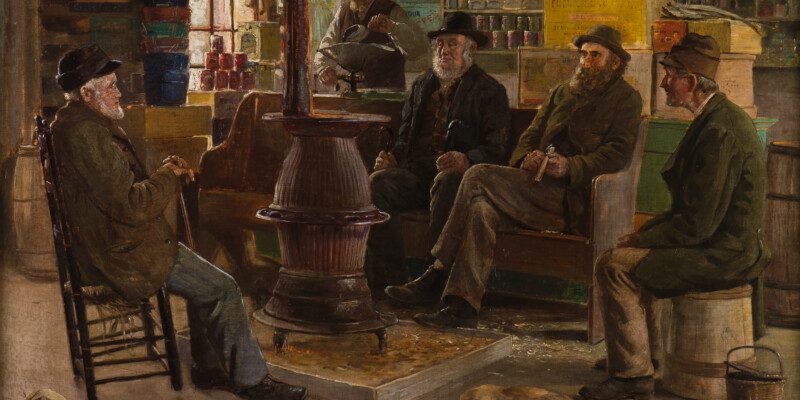
Before your visit, practice the Looking Ten Times Two Thinking Routine, developed by Harvard’s Project Zero, in your classroom with an image of “A New England Country Grocery” by Abbott Fuller Graves. This routine helps students slow down and make detailed observations by encouraging them to push beyond first impressions and obvious features. During your visit, you can extend your learning by utilizing the See, Think, Wonder Thinking Routine in Webb Gallery with this painting.
This lesson can support both Passport to Learning and Self-Guided visits. Recommended for grades 2 and up. Can also be adapted to use as a discussion-based activity for younger grade levels.

Before your visit, practice the See, Think, Wonder Thinking Routine, developed by Harvard’s Project Zero, in your classroom with an image of “The Pemigewasset Coach” by Enoch Wood Perry. This routine encourages careful observations and thoughtful interpretations of artworks and other objects.
This lesson can support both Passport to Learning and Self-Guided visits. Recommended for grades 2 and up. Can also be used as discussion prompts for younger grade levels.

This is an inquiry-based lesson designed to be used in the classroom before and after your visit to Shelburne Museum. This lesson encourages students to think critically and examine the narrative presented by the art and artifacts at the Museum. This lesson can support both Passport to Learning and Self-Guided visits and can be adapted to a wide range of grade levels.

Students participating in the Passport to Learning program will record their findings throughout the day in this Passport book. This book also provides instruction on how to complete the self-guided activities available across the Museum grounds. We encourage all Passport to Learning participants to review this digital version of the Passport before the visit. You will receive your Passport books upon arrival at the Museum.
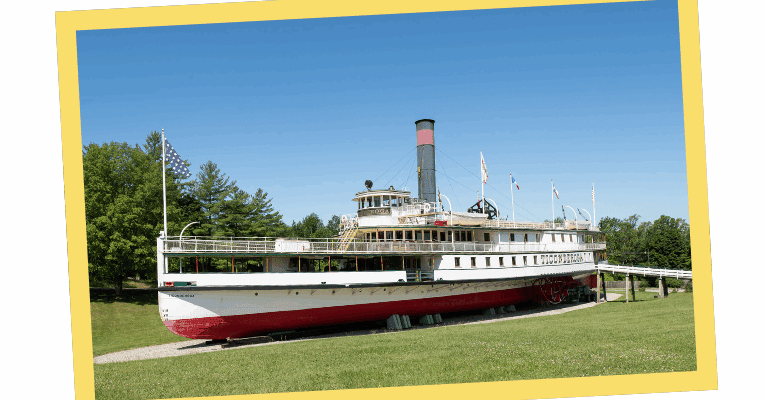
There is so much to see and do at Shelburne Museum, and our Family Fun Guide will help you find the parts of the Museum you’ll enjoy the most! The Family Fun Guide is organized by theme, and we encourage you begin your adventure by choosing a theme (Transportation, Circus and Carousel, Nature Explorer, History Explorer, You Are an Artist, and Kid Life) for your group to explore. The questions and prompts are meant to spark conversation and encourage your group to think more deeply about what you are seeing and doing at the Museum. Bring a pencil, or pick one up from Admissions when you arrive, and sketch or write about what you see in the spaces provided throughout the guide!
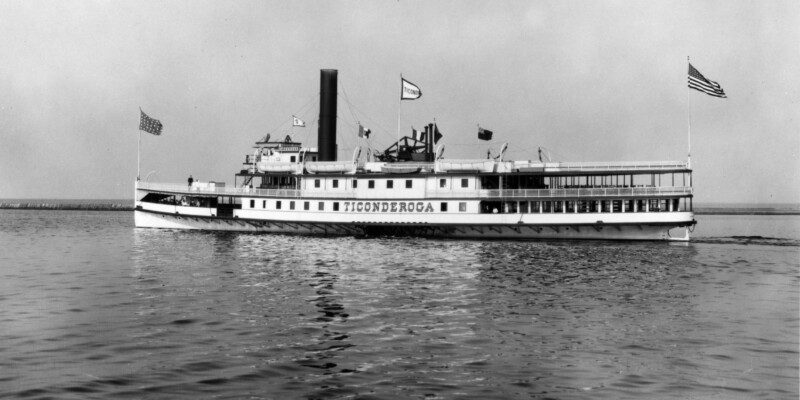
The Steamboat Ticonderoga is one of Shelburne Museum’s most popular attractions. This restored steamboat was built in 1906. It is a National Historic Landmark and the last walking beam side-wheel passenger steamer in existence. For almost 50 years, this 220-foot steamship transported people and goods across Lake Champlain, connecting Vermont and New York. Operating this vessel required a dedicated crew with a wide range of skills. Follow this tour to discover: What were the different jobs on the Ticonderoga? What was each day like for those who worked on the ship? What was the experience of the passengers? Recommended for grades Kindergarten and up. You may print and bring copies of this tour to use during your visit. You may also access the tour digitally by scanning the QR code located on board the Ticonderoga.
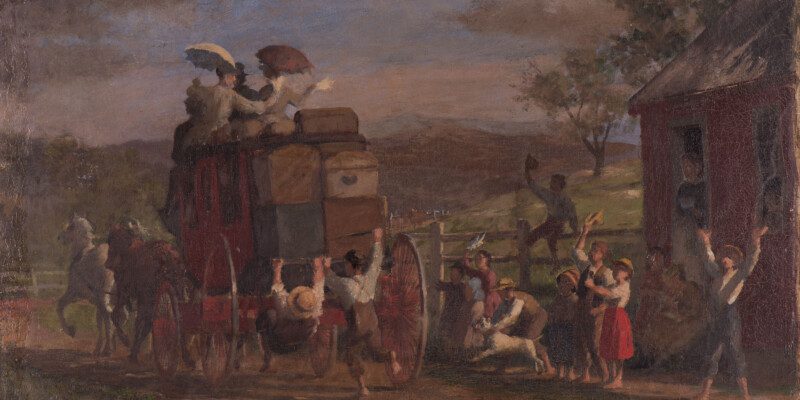
Which painting looks “noisy” to you? Which one feels “calm”? Explore our collection of American paintings and find paintings that fit these descriptions to you. There are no wrong answers!
Recommended for grades 2 and up. Can also be used as discussion prompts for younger grade levels.

During your visit, practice the See, Think, Wonder Thinking Routine, developed by Harvard’s Project Zero, in Webb Gallery with the painting, “A New England Country Grocery” by Abbott Fuller Graves. This routine encourages careful observations and thoughtful interpretations of artworks and other objects.
Recommended for grades 2 and up. Can also be used as discussion prompts for younger grade levels.

Beach lodge offers a unique opportunity to get a close look at a variety of (taxidermy) large game animals. Slow down, zoom-in, zoom-out, and draw what you see.
Recommended for grades Kindergarten and up.

Visit an 18th century Sawmill to learn about wood processing and the importance of trees as a natural resource in Vermont. After that, you will explore the Museum to search for different natural resources and see the variety of ways they are being used across the grounds.
Recommended for grades 2 and up. Can be used as discussion prompts for younger grade levels.
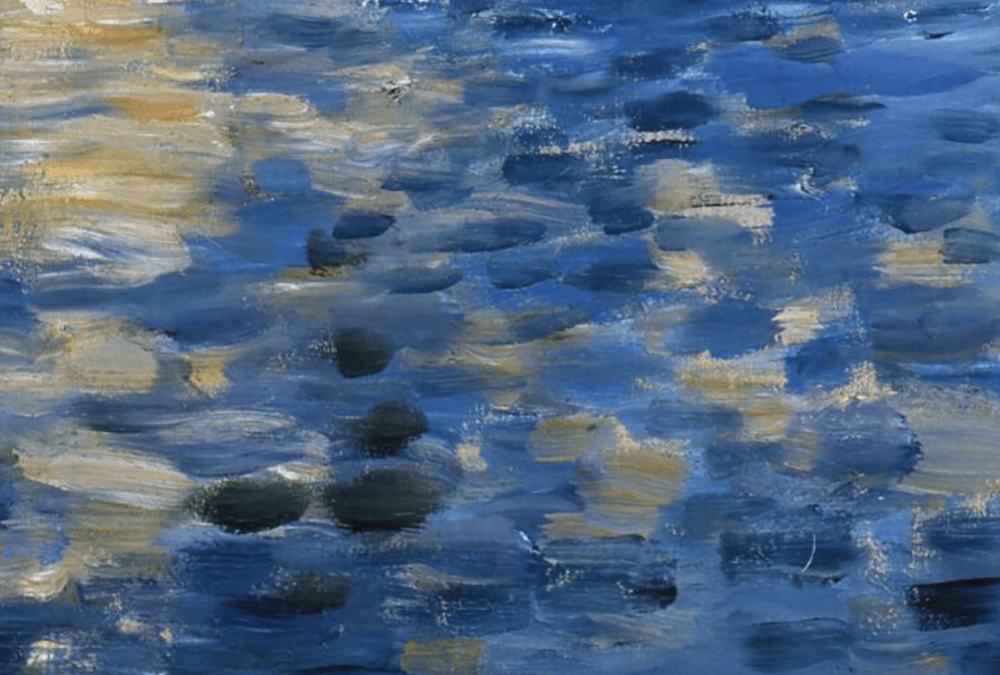
Explore colors, how we see them, and the ways we can mix them to create amazing art by exploring an important painting at Shelburne Museum–The Grand Canal, Venice (Blue Venice) painted by Edouard Manet in 1875.
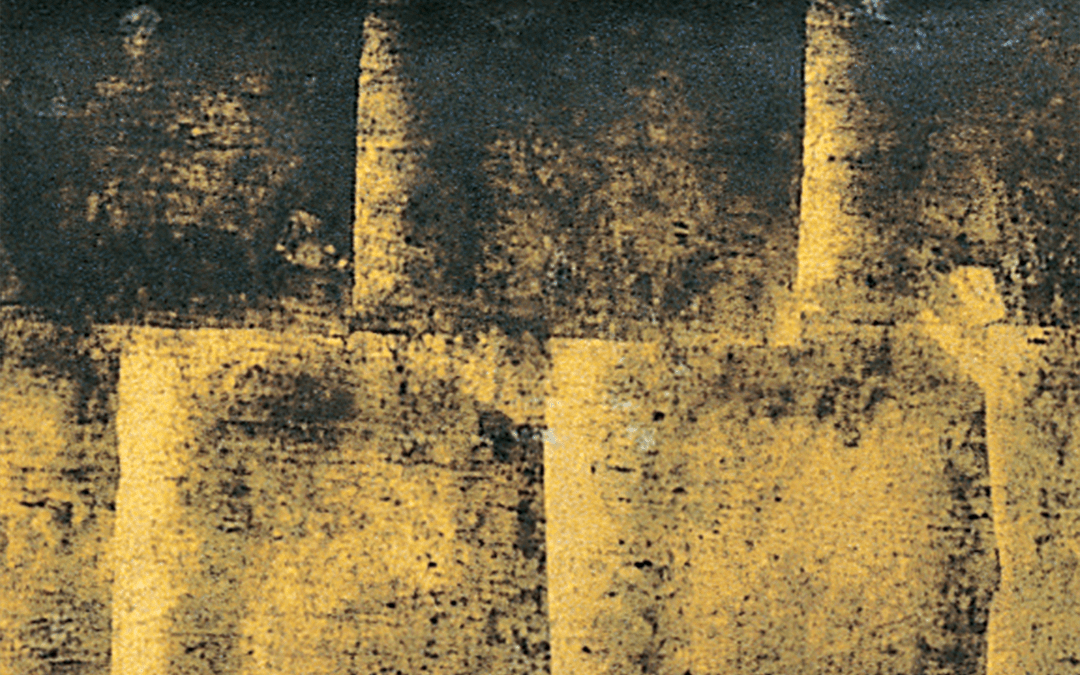
Experience one of the earliest forms of folk art as we design and create a weathervane inspired by the Cow weathervane.

Flowers are beautiful, complex living structures. Today we will look at artistic interpretations of flowers as well as at the structure of a flower to help us learn about their unique anatomy.
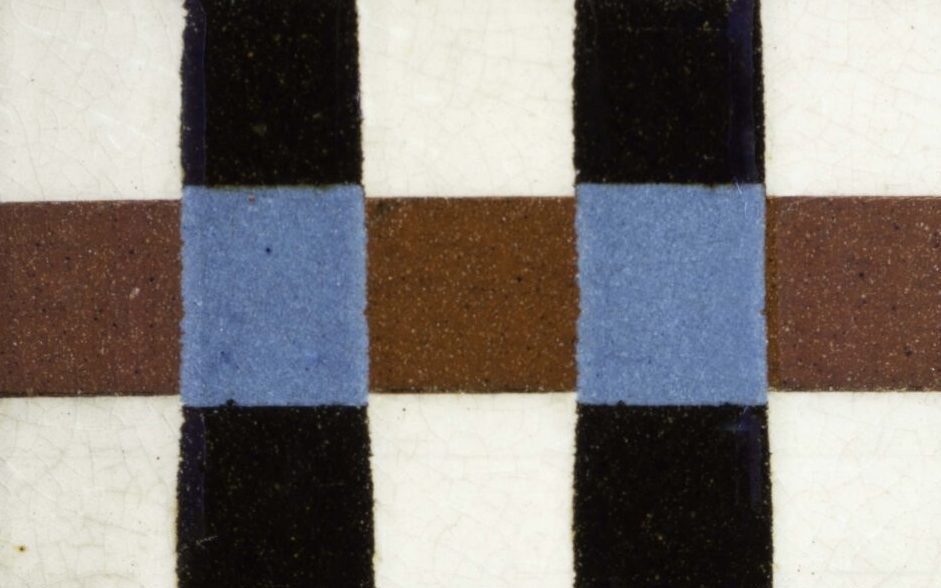
Explore the concepts of color, shape, and design and create our own piece of pottery, inspired by Shelburne Museum’s mochaware collection.

This lesson is inspired by the Museum’s Oversize Slat Canada Goose Decoy. We will learn about the traditional use of decoys, explore the importance of habitat and bird conservation and then create our own habitat for Canada geese.

Capturing people’s likenesses has been a prominent subject matter in art for thousands of years. This activity will explore the connection between artist Mary Cassatt and Louisine Havemeyer, the mother of our founder, Electra Havemeyer Webb, and provide some tools for creating portraits of people important to you.
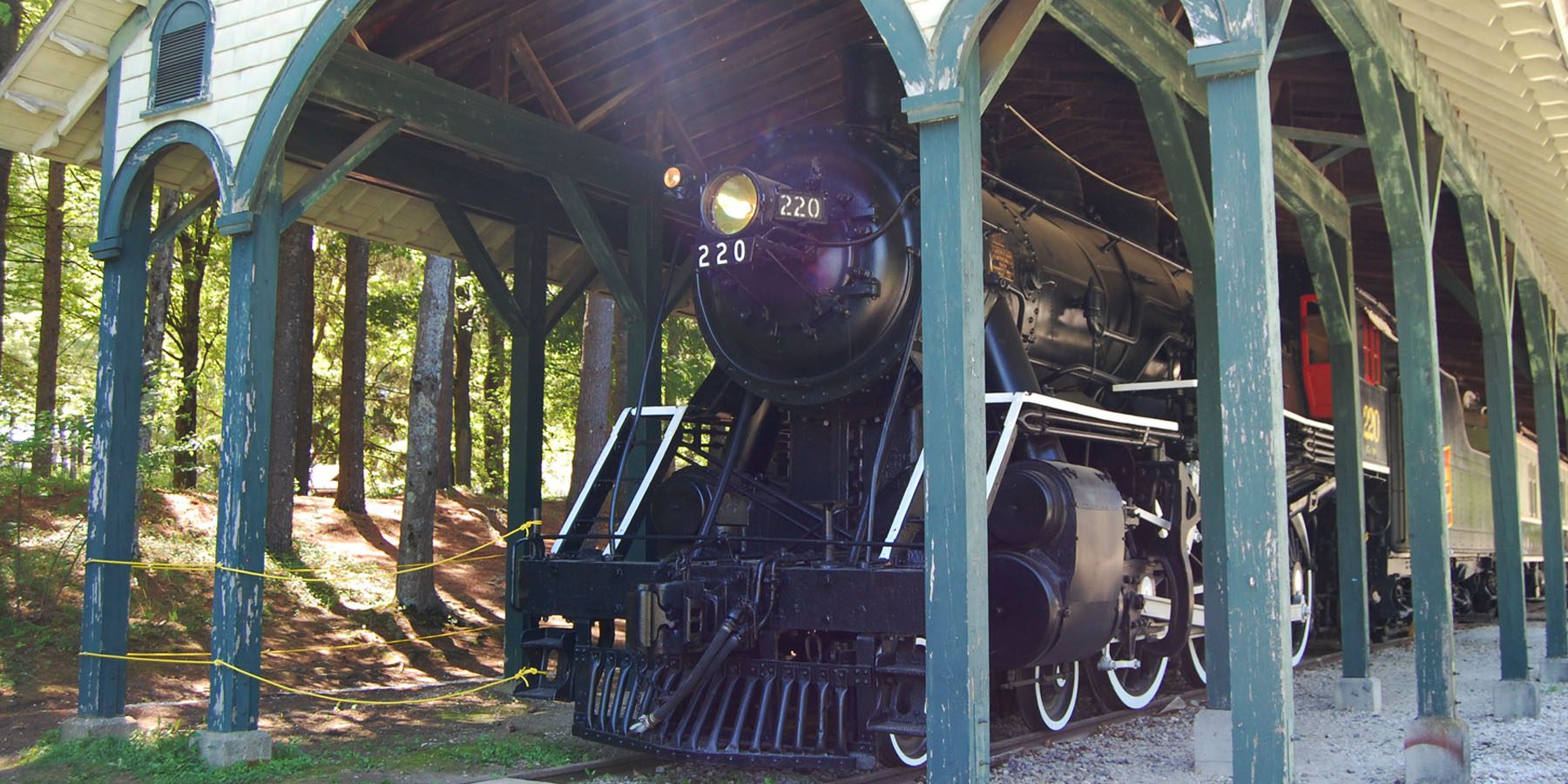
Practice sending messages using Mr. Morse’s code. The telegraph sent electrical signals over wire, speeding up communications over long distances and helped the rail industry run more efficiently. But, you can’t talk into a telegraph. The telegraph sent messages in the language of rhythm using Morse Code, a system named after its inventor.
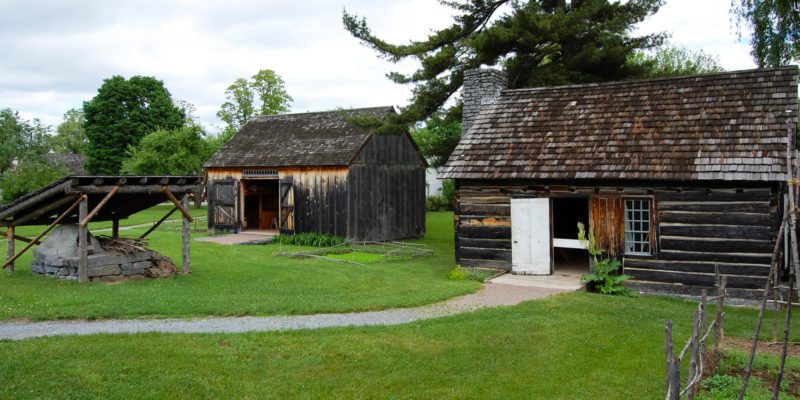
In this lesson we’ll learn about everyday life in Vermont in the 1790s, learn and practice the steps to a popular dance of the time, The Virginia Reel, and explore classic and useful recipes from 18th century kitchens.

In this lesson we’ll learn about everyday life in Vermont in the 1790s, learn and practice the steps to a popular dance of the time, The Virginia Reel, and explore classic and useful recipes from 18th century kitchens.